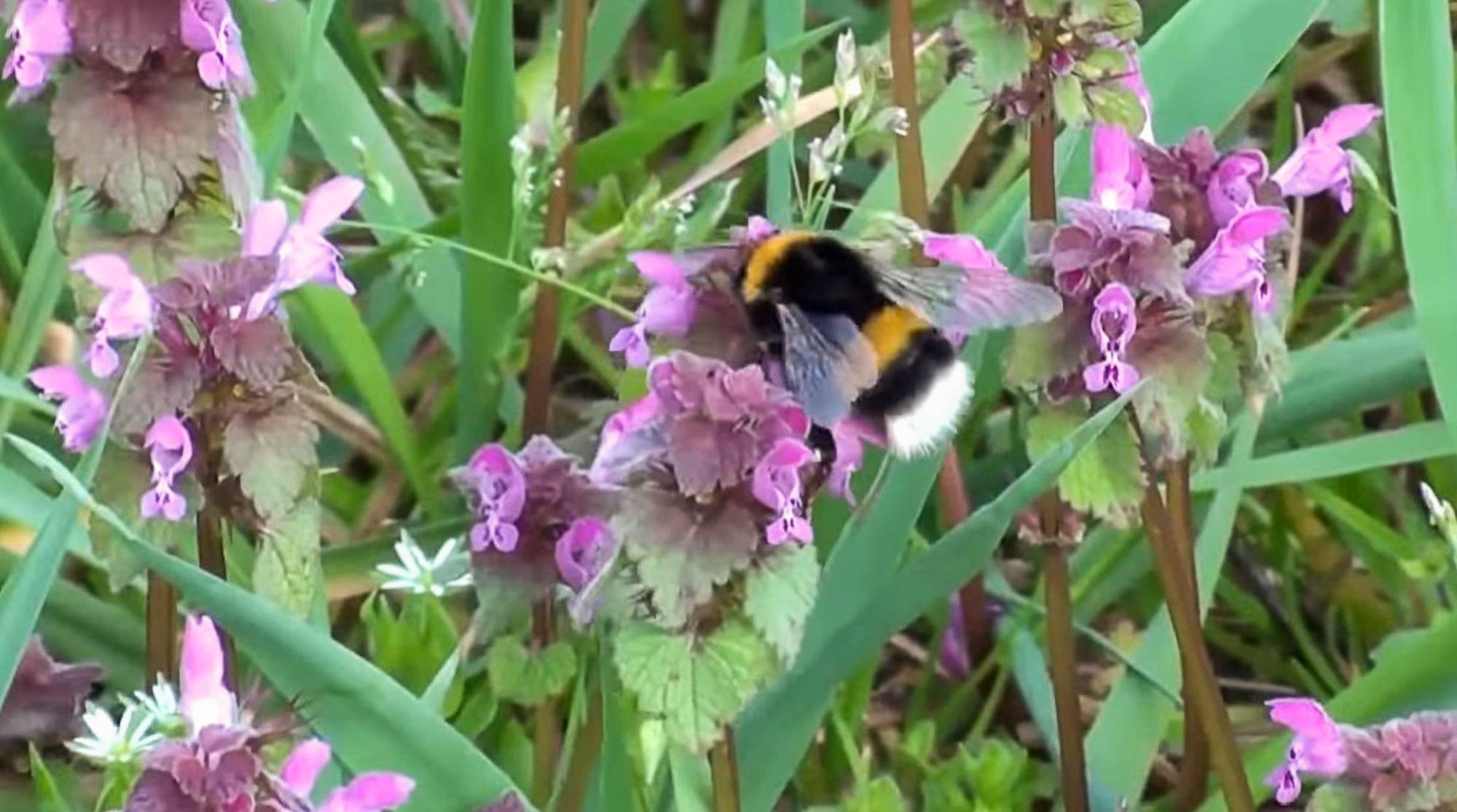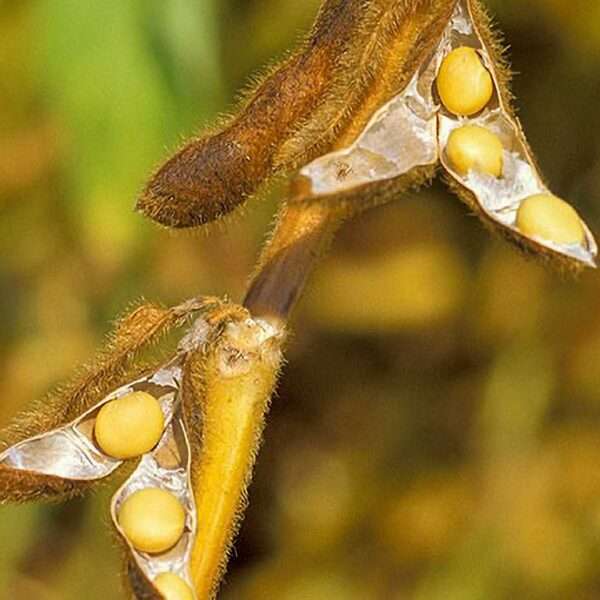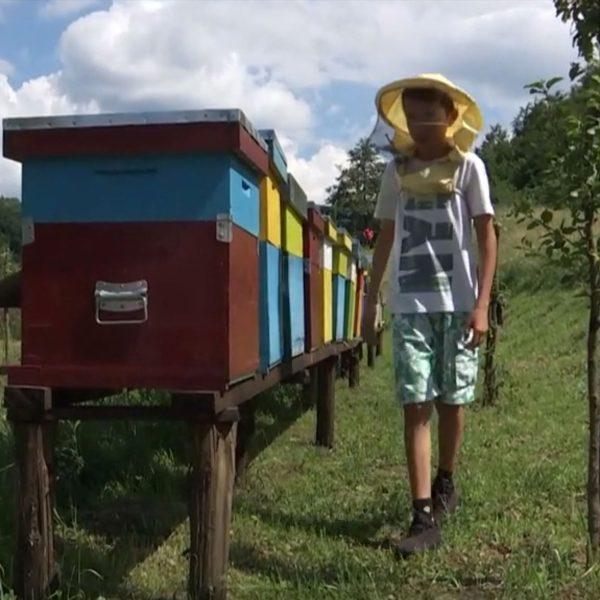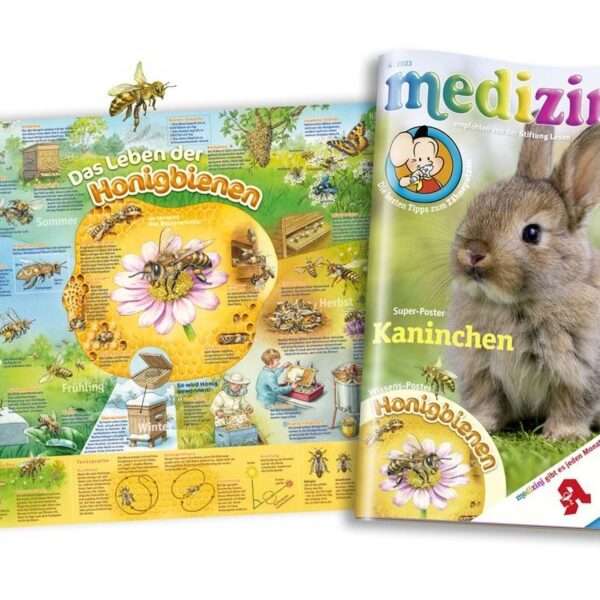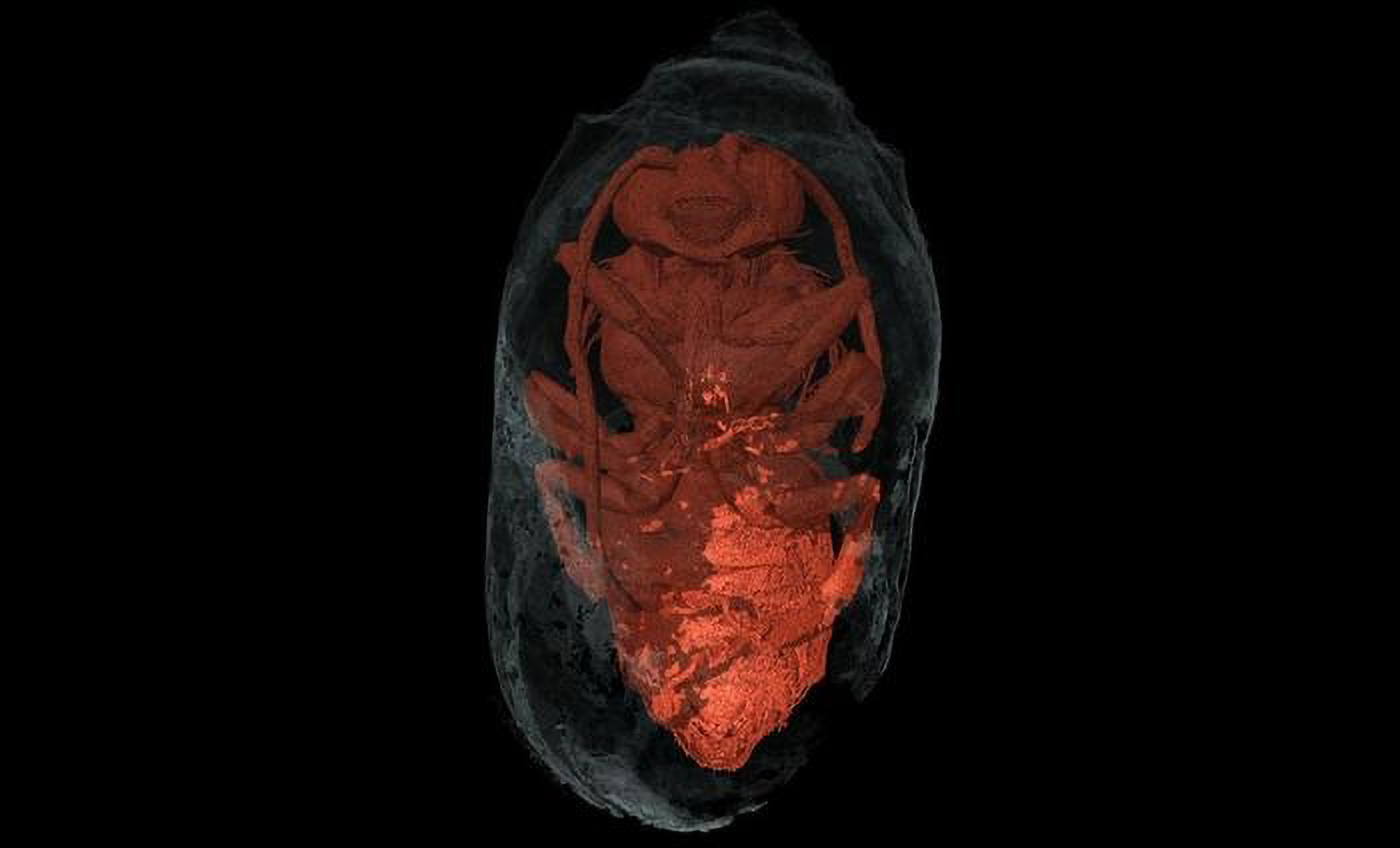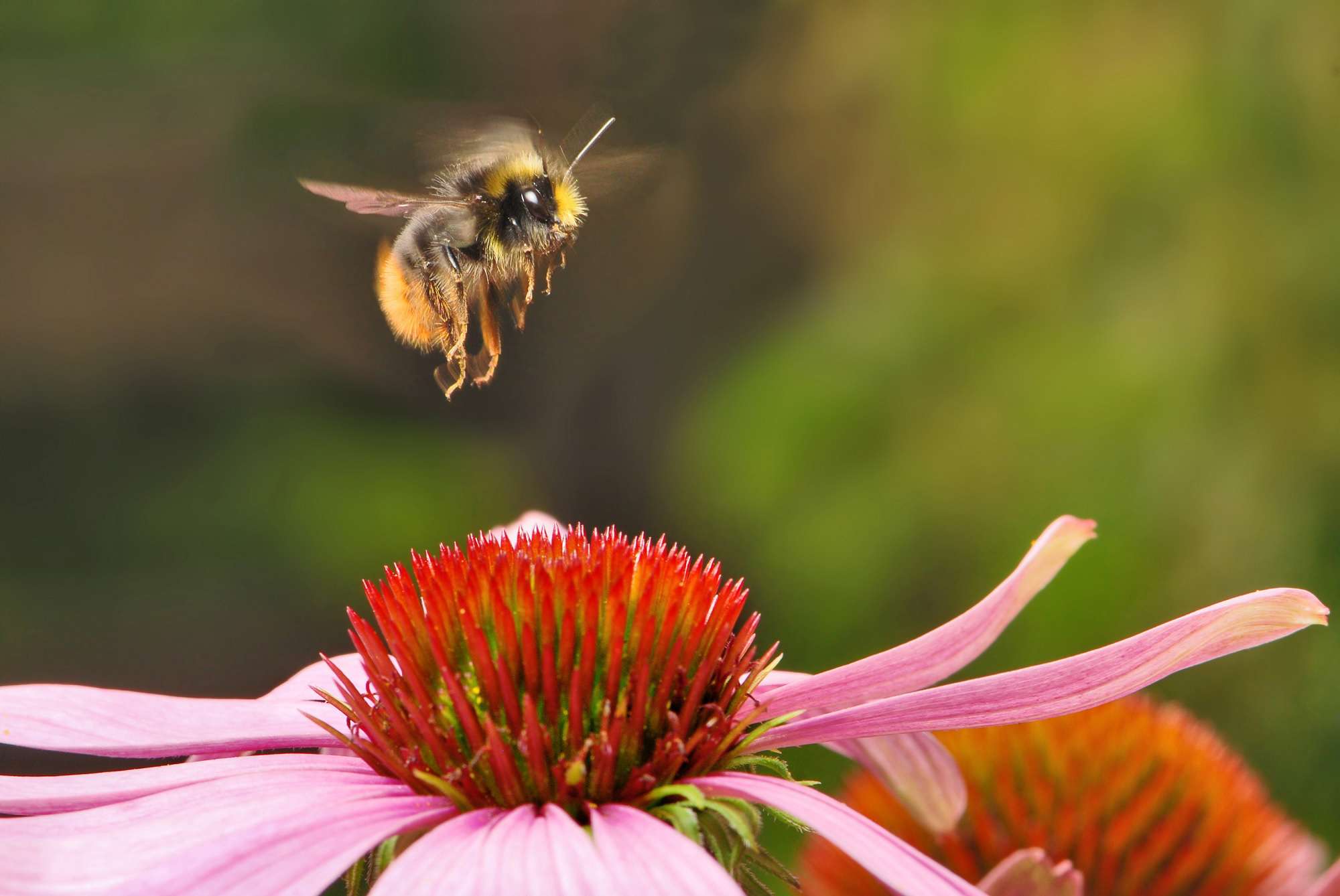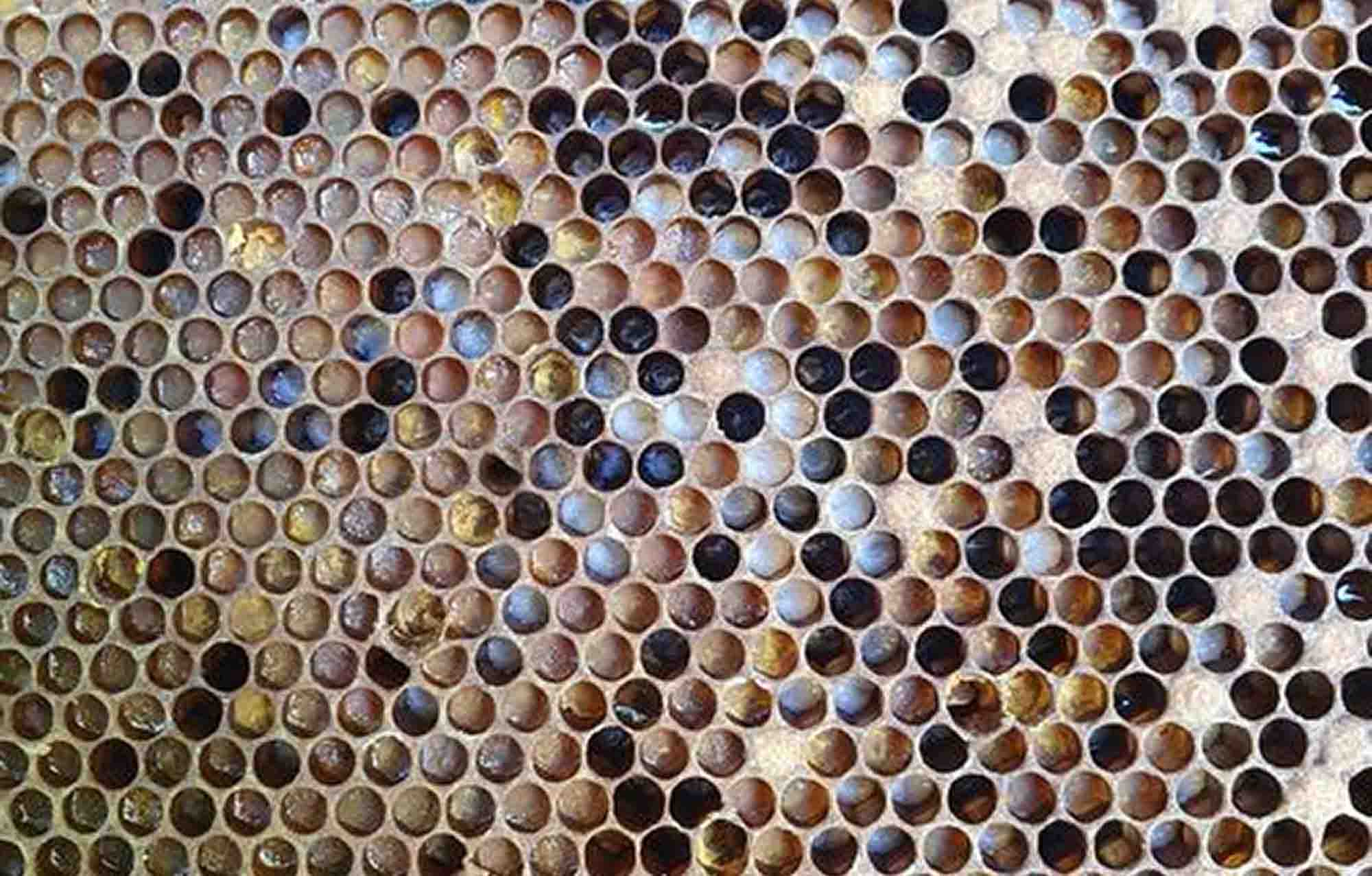Bees suffering from a parasite infection have a substantially lower tolerance to high temperatures, according to new research.
Domesticated honeybees and the thousands of solitary bee species that exist around the world have struggled as average temperatures have kept rising in recent years.
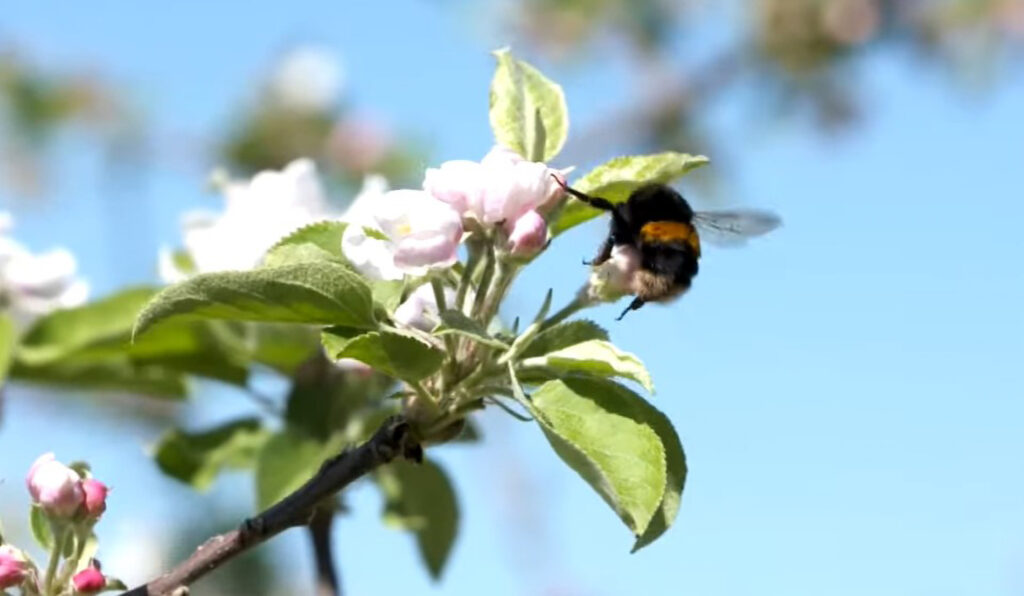
While some are less productive, others migrate as their initial surroundings have become uninhabitable.
But now an international team of scientists has determined the serious implications a parasitic sickness can have on pollinators subjected to above-average temperatures.
The researchers from Pennsylvania State University (Penn State), the University of Connecticut, Sao Paulo University and Aarhus University in Denmark examined how well both healthy and infected members of two solitary bee species coped with the heat.
The scientists created a tunnel which featured chambers with different conditions to find out more about the capabilities of the horned-face bee and the orchard mason bee.
They determined that bees suffering from the Crithidia mellificae pathogen could only tolerate a heatwave of up to 98.6 degrees Fahrenheit (37 degrees centigrade) while healthy bees did not struggle below 109.4 degrees Fahrenheit (43 degrees centigrade).
Penn State researcher Mitzy Porras said: “Exposure to heat decreased the bees’ thermal boldness and their heat tolerance, whereas the pathogen’s growth rate was only slightly negatively affected by heat.”
The study lead author added: “These asymmetrical relationships between organisms are often overlooked when studying climate impacts, but they are essential if we want to understand what is really going on.”
Speaking about the importance of solitary pollinator species, Mitzy emphasised that they would account for more than 90 per cent of the 4,000 types of bees in North America.
She warned: “If bees don’t forage, they don’t eat, and importantly for humans, they don’t pollinate crops that are vital to the global economy and food security.”
The expert on parasite-host interactions added: “We are now experiencing the highest temperatures in recorded history. These heatwaves last three or even four days which is a long period of heat tolerance for bees.
“When you combine that with prior infection from a pathogen, we are looking at two factors that can severely negatively impact pollinator populations.”
Mitzy concluded: “We have to think about the big picture. Climate change is not just impacting species. It is impacting the relationships between species, and that could have huge implications for human health and the planet as a whole.”



